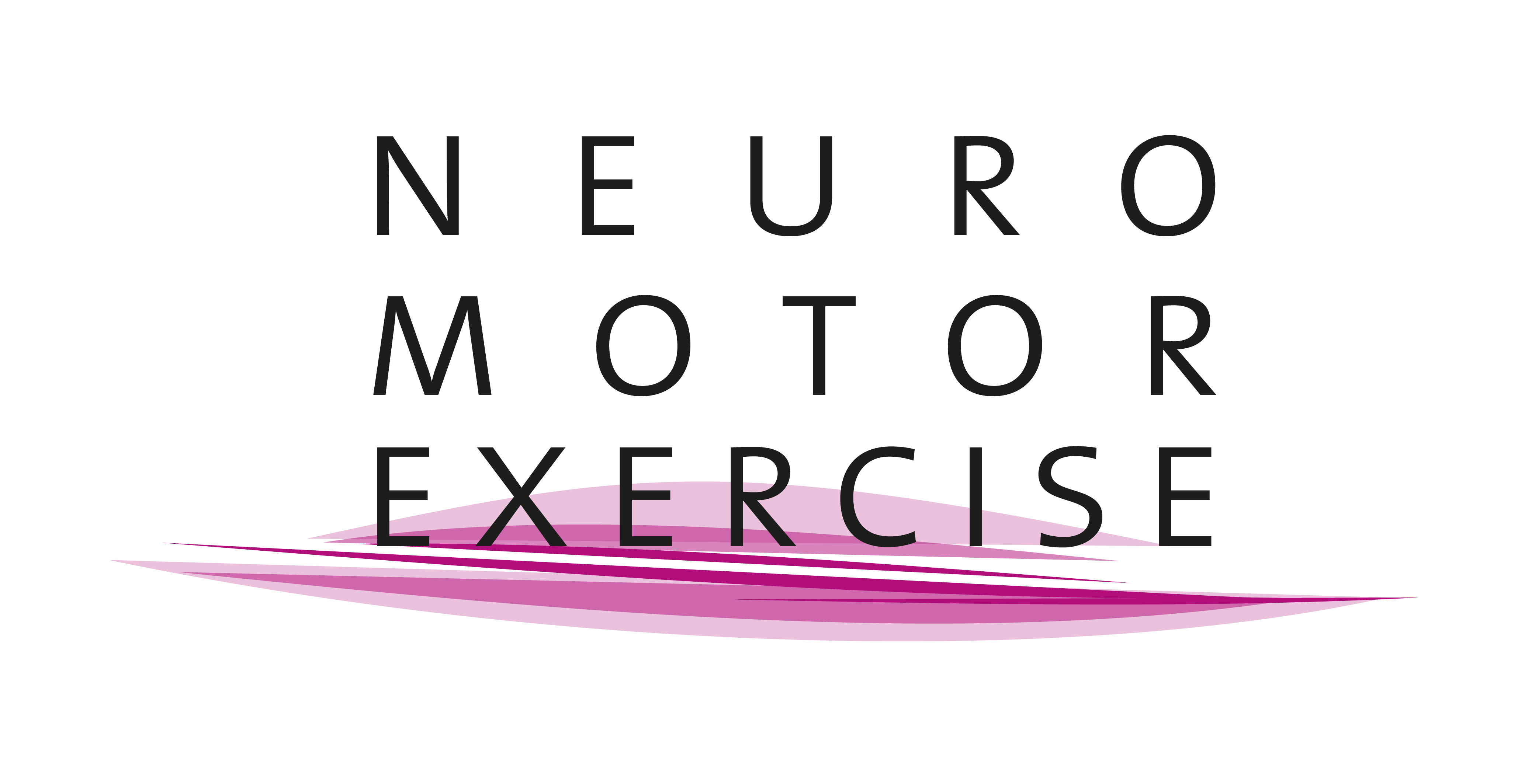Cueing Strategies Against Freezing of Gait
Parkinson is a neurological disease that can greatly limit mobility in many affected individuals. One particularly restrictive symptom is "Freezing of Gait" (FoG), a type of movement blockade where affected individuals suddenly cannot continue walking. FoG feels as if the feet are glued to the ground and initiating the next step seems impossible. This blockade can significantly increase the risk of falls and thus greatly affect quality of life. This post focuses on a promising way to effectively counteract FoG, known as cueing.
Cueing involves using cues and signals to support walking. There are various cueing approaches that target different sensory modalities and can be divided into internal and external cueing.
The approach of internal cueing works, for example, through the mental visualization of movements or internal counting of steps. In the internal method, individuals themselves generate the cues that are intended to support walking. For example, one can imagine stepping over an obstacle or walking in a specific rhythm. These techniques require mental engagement with walking and can therefore be very effective for some affected individuals in overcoming FoG.
In contrast to internal cueing, external cueing uses external stimuli to support walking behavior. Various senses can be addressed: visual (seeing), auditory (hearing), or tactile (feeling).
Visual Cues: Visual cueing can, for example, be applied through lines or markings on the ground. Individuals can use these lines while walking by adjusting their steps to precisely reach or cross these lines/markings. This helps them get back into motion and walk more evenly. As a possibility of visual cueing, portable laser pointers or aids that project a light signal onto the ground can also be used. This signal moves with the individual and provides a target to walk towards.
Auditory Cues: Auditory cues include walking to the beat, for example, with music or using a metronome. Regular tones or rhythms can help find a steady step rhythm. The music or metronome provides a rhythm that helps the brain coordinate the movement of walking. This regularity can counteract the development of FoG.
Tactile Cues: Tactile cues are tangible signals, such as gentle vibrations, that can support rhythm during walking. This method, although less well-known, can be very useful for some people. For example, special devices attached to clothing can generate light vibrations to signal the timing for the next step. Unlike visual and auditory cues, tactile cues are only perceptible to the affected person. This makes them discreet and not recognizable to outsiders, which is important to many affected individuals. In addition to their inconspicuousness, tactile cues distract less from the environment than, for example, music serving as an auditory cue. While auditory cueing can sometimes be distracting and draw attention away from the environment, tactile cues allow affected individuals to continue to perceive their surroundings attentively without being disturbed by the cues.
The vibrating socks developed as part of the Parkinson Vibrating Socks project are an example of tactile cueing. They transmit discrete rhythmic vibration stimuli to the feet to improve walking. In a study by Klaver et al. (2023), the effectiveness of various cueing methods, including vibrating socks, in people with FoG was investigated. It was found that 22 out of 31 participants generally responded positively to cueing, with responses to the different cueing types - visual, auditory, and tactile - being very individual. Particularly tactile and auditory cueing showed improvement in many cases.
These results emphasize the importance of a personalized approach when using cueing to treat FoG. While vibrating socks offer a very promising approach to improving FoG, they require further development and personalized approaches. Since not every cueing method works equally well for every affected individual, the most effective cueing strategy can also be determined in consultation with the treating medical specialist. In addition, regular training can further increase the effectiveness of cueing and help affected individuals to act more safely and independently in everyday life.
Klaver, E. C., van Vugt, J. P. P., Bloem, B. R., van Wezel, R. J. A., Nonnekes, J., & Tjepkema-Cloostermans, M. C. (2023). Good vibrations: Tactile cueing for freezing of gait in Parkinson’s disease. Journal of Neurology, 270(7), 3424–3432. https://doi.org/10.1007/s00415-023-11663-9


